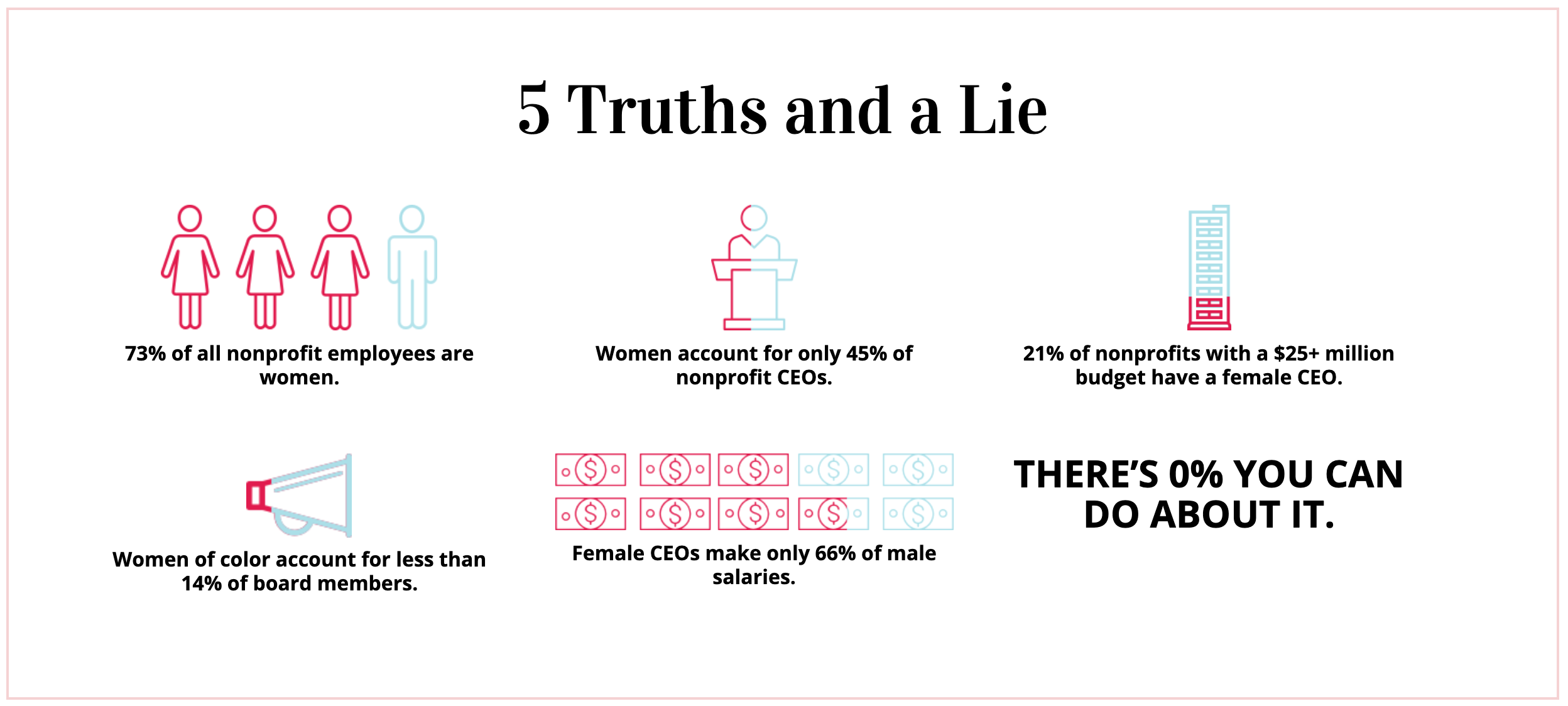The deification of individuals is a long persistent problem in human history. People seem to ignore the fact that Gandhi believed a father has the right to murder his daughter if she has been raped. Or that Mother Teresa’s medical care generally put individuals at a greater risk of death from infection or medical incompetence. Even American Dream exemplar Henry Ford was bestowed with the highest award possible for a foreigner to earn as a supporter of Nazism. There are no saints among the living.
Many do not suspect the same to hold true for the people and organizations believed to be “upstanding.”
Perhaps some believe that the problems of the past have not progressed into the future and that we have already resolved them. Perhaps others believe that people today could simply not get away with saying or doing the same things as back then due to the increased global media presence. Perhaps people even agree that many organizations, such as big pharma or Wall Street, do suffer from corruption and engage in immoral practices. But certainly not the organizations that set out to fight inequalities, right?
Nonprofits are often not looked at with the same critical lens that profiting companies come under. However, research into charity’s behavior reveals how these companies are brimming with corruption. Many of these organizations utilize deceptive advertising and business tactics and fail to accomplish the tasks that Americans believe they are donating towards, despite continuing to churn out million-dollar salaries for top business executives.
A brief look into current nonprofits will prove that many are taking advantage of Americans.
American Red Cross
The American Red Cross, established in 1881, has been perceived to be a “humanitarian organization.” Even the organization itself seems to believe in this label. The company’s website declares its mission proudly:
“The American Red Cross prevents and alleviates human suffering in the face of emergencies by mobilizing the power of volunteers and the generosity of donors.”
And yet, the very same Red Cross lied to Senator Chuck Grass during a 2016 investigation, claiming that only 9 percent of donations for the 2010 Haiti earthquake was spent outside of humanitarian relief. In reality, the organization spent a whopping 25 percent of donations on “internal expenses,” which were not tracked in any way due to a “complex, yet inaccurate accounting system.”
The Red Cross’ inability to produce proper legal documents and lack of interest in cooperating with the federal government blatantly indicates that they had something to hide. And after a wave of scandals throughout the past several years, the company certainly has a rationale behind doing so.
Despite the inflated numbers the Red Cross boasts about, the approximate $500 million raised for Haiti produced a measly six houses. The Red Cross has repeatedly declined to provide a detailed expense report for the entire half billion.
Charities in United States
Still, they are not the lone offender. Nonprofit corporations across America have been increasing internal expenditures and fundraising costs while decreasing spending directed at their cause.
A recent study found that around 6,000 charities in the United States opt for contracting pay-for-profit companies to raise their donations – highlighting the idea that in America, there is no such thing as a true nonprofit. Of the 6,000 charities, 50 managed to raise an incredible 1.3 billion dollars over a decade of fundraising. Over three-quarters of the amount (1 billion) went directly to pay-for-profit companies enlisted as donation managers. Many of these companies claim to be supporting dying children, mentally unwell people, veterans, women, or the homeless, but when the money is tracked down, the records show otherwise.
The Kids Wish Network, for example, annually generates over two million in donations, but dedicates less than three cents per received dollar to the children. The other 97+ percent? It typically fuels the company’s aggressive donation campaigns, which are rooted in deceptive practices and usually target vulnerable populations such as senior citizens.
Nonprofit CEOs
Many nonprofit organizations are also guilty of overpaying the company’s executive members. It is not uncommon for a nonprofit CEO to make over two million dollars annually. Craig B. Thompson of the Memorial Sloan Kettering Cancer Center, for instance, nets over five million every year, with further incentives.
The unethical financial practices of nonprofits also provide a disturbing connection to gender inequalities. Despite women making up 73 percent of the summation of charity employees in America, only 45 percent of nonprofit CEOs are female. And even when a woman does manage to earn her place as a CEO, the inequalities do not cease: in the nonprofit industry, female CEOs make roughly 66 percent of the salary their male counterparts make.

Despite what many may anticipate, the United States nonprofit sector falls victim to the same sexism that persists in nearly every other vestige of the country. In terms of racial diversity in leadership, the nonprofit sector fares even worse. Below 20 percent of CEOs in the nonprofit industry have been any race beyond white – this year, last year, and the past 15 years. The lack of diversity in nonprofit positions of power is highly alarming.
Nonprofits and Ethics
The inability of charities to behave ethically both internally and externally showcases a fundamental failure from a portion of American industry that is supposed to be dedicated to humanitarianism. Instead, nonprofits frequently engage in corrupt practices, such as redirecting donation funds illegally and funneling money directly to pay-for-profit companies.
Furthermore, charities generally overcompensate their CEOs, who are most likely white and male. There is a severe deficiency of diversity in nonprofit leadership positions – one study found that Caucasians fill 82 percent of such jobs.
At this point, it is once again clear that there are no real saints. Nonprofit organizations deserve the same levels of intense criticism that other companies receive. Similarly, by better understanding the importance of researching and investigating nonprofits, both individual Americans and the federal government can begin to fight these issues.
Being well informed is the first step in combating the strategies that nonprofits employ to take advantage of people. Only when Americans learn the importance of knowing about this corruption, there can be meaningful change within the systems that allow for it.
Disclaimer: The views and opinions expressed here are those of the author and do not necessarily reflect the editorial position of The Globe Post.




















